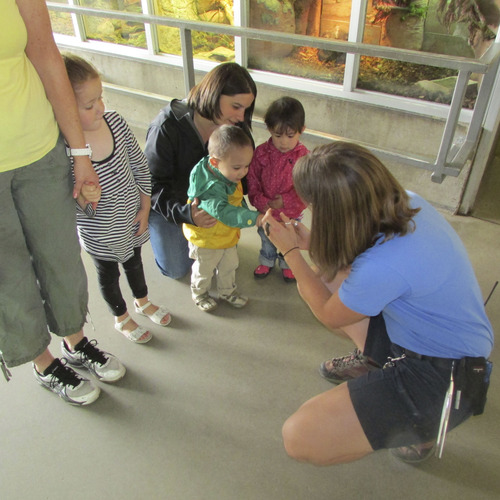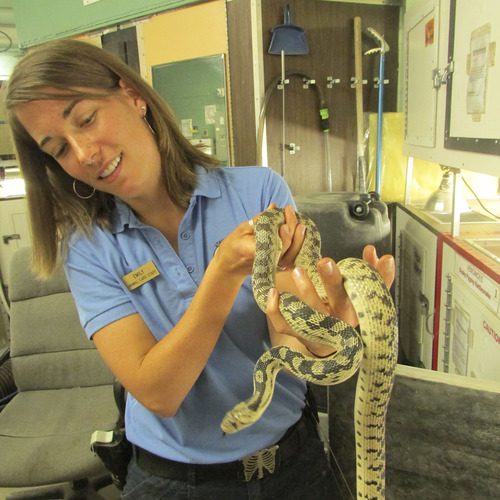This is an archived article that was published on sltrib.com in 2013, and information in the article may be outdated. It is provided only for personal research purposes and may not be reprinted.
Scientists sometimes call animals such as wolves, moose, bears and apes "charismatic megafauna" because of their appeal to the masses. These critters possess characteristics that make them the stars of the animal kingdom.
Thus, it's no surprise that Hogle Zoo's new Rocky Shores exhibit with its polar bear and grizzlies draws visitors by the thousands. These animals thrill with their antics.
As for me, the one zoo exhibit that I have enjoyed since it opened in the 1970s is the Small Animals Building with its tropical, desert and temperate zones. Maybe because I liked being buzzed by the birds that are allowed to fly free in parts of the exhibit. Perhaps I thought Bill and Hillary the crocodiles were large and scary looking. I did enjoy seeing Utah's native species such as desert tortoises, gila monsters and rattlesnakes up close and personal. Even the small snakes offered a certain intimidation factor.
Emily Merola can relate. The Hooper native and psychologist is Hogle Zoo's primary reptile keeper. She takes care of 52-year-old Kronk, a huge Aldabra tortoise that sometimes follows her around like a puppy during feeding time, Bill and Hillary — the crocs, not the political couple — and an assortment of snakes, lizards, turtles, tortoises and amphibians.
"You have to work with reptiles to really appreciate the grand scale of them," she said. "They are unlike any animal that I have ever worked with before. They are kind of a challenge. You can't read them like an ape or a giraffe. They don't have facial expressions. They are the most laid back animals you could ever work with, and the most difficult."
Merola began her Hogle Zoo career volunteering and then serving an internship. She became part of the staff called Eco Explorers that took live animals or exhibits around the grounds and interacted with visitors. She took a seasonal position and, two years later, earned her way into the reptile supervisor position.
There she works with more than 60 animals representing 20 different species, including some venomous snakes and lizards. She said that part of the job "kind of freaked my mom out."
Handling venomous snakes such as Diablo the cottonmouth requires following a strict protocol. Merola said there is an "invisible barrier" where keepers are not allowed to stick their hands beyond that point. They use tongs or snake hooks to handle venomous reptiles. If one of these critters must be examined, they are put into a piece of plexiglass tubing so they can't quickly strike.
She feeds the snakes mice that are humanely euthanized before becoming dinner. Some of the larger animals eat chicks, rabbits and rats.
Emily invited me over a barrier to help meet Kronk, a surprisingly quick tortoise. As I used tongs to feed the animal from the Seychelles Islands near Africa an apple, I was shocked at the size of a long, red tongue and huge mouth. Maybe I've read Yertle the Turtle too many times to my kids and grandkids, but I sensed a resemblance.
Merola introduced me to some Boreal toads, a glass lizard, a curious gopher snake and a rubber boa. She took a skink and a snake out to show eager schoolchildren who seemed scared at first but then warmed to the interesting little critters. You can see the reptile keeper light up as shy kids come closer and closer and gingerly touch one of the reptiles.
"That's the best way to get people to engage," Merola said. "People think of reptiles as slimy and gross. They get a bad rap."
Zoos sometimes get a bad rap for caging wild animals. Perhaps one of their best purposes is allowing keepers such as Merola to teach people about critters many think of as gross. The zoo's excellent website offers all sorts of interesting life histories on many of its animals.
"I just love reptiles," Emily said. "They are so fun, so fascinating. They make me excited."
And, as she helps educate people about their value, that excitement shows.
Twitter@tribtomwharton





